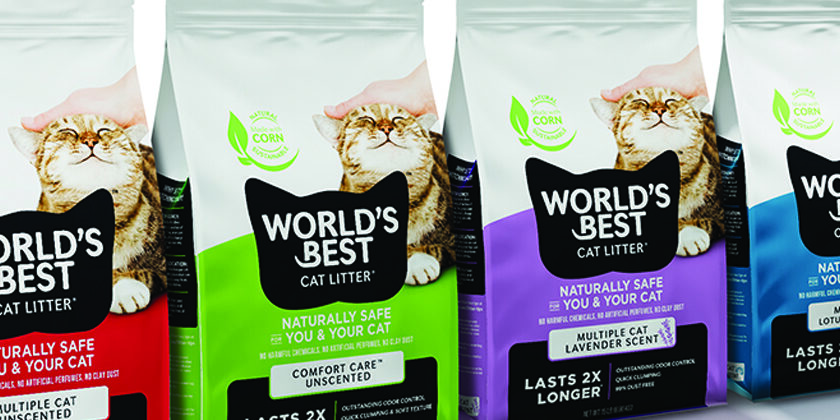May 11, 2022

There was a time when a carton of milk didn’t need an endorsement to prove its worth. When fashion trends were established by the editors who wrote magazines rather than the bloggers who read them. There was a time when brands had a face, not the other way around.
Suffice it to say, celebrities have been trading their influence with brands for centuries. From Wedgwood to Wheaties, brand marketers realized early-on that consumers were more likely to buy new products if someone they trusted told them to. So, if this ecosystem made up of traditional celebrities, brands and consumers has been formed for years, why does this new era of influence feel so unique? How blurry has the line between business and buyer become, and what role can design play in helping creators to develop brands that will stand out as consumer behavior continues to shift?


There are a host of contributing factors that led to this change in relationship between shop and shopper, the most obvious being the significant effect that social media has had on the way in which consumers interact with brands. It’s never been easier to reach an audience, to share a perspective or to tell a story; which means it’s never been easier to turn a loyal following into a successful franchise. As consumers, we’ve been given the opportunity to curate our own unique worlds online, giving us control over what exactly we’d like to consume, and when. As a result, we’re frustrated when brands target us without our permission, but we’re excited when our favorite influencer suggests we try something new. Why? Because we’ve chosen to trust their judgment, we feel like they know us– we’ve opted-in.
Influencer marketing flipped B2C on its head, giving life to a $15 billion industry and a whole new venture category that traditional brands did not see coming; which begs the question: now what? In a world where one person’s compelling story can translate to consistent sales, how can we design brands that begin as essential to one, feel important to many? How can good branding help non-influencer-led brands hold on to their consumers? How do we make new brands feel authentically brand new? And what does this evolution mean for the future of consumer brands?
At the heart of every successful brand is a compelling reason for being, a solution to a problem, and a team of people who believe that whatever they’re selling (whether it’s a product, an experience, or an idea) is going to add value to peoples’ lives. That is why when we design, consulting consumers is a critical part of our journey to better understand their needs, their feelings, and their preferences in order to help our clients create with intention. Our experience over the years has seen us working with a wide range of brands, both traditional and unconventional, but no matter the brief, our grounding question remains the same: “How can we bring your world to other people’s lives in relevant, meaningful, pleasurable, and even life-changing ways, that will resonate long-term?”
Stay tuned for Part 2 where we’ll seek to answer some of the questions we’ve posed here and share a few of our favorite influencer-led brands that we think are doing it right.



